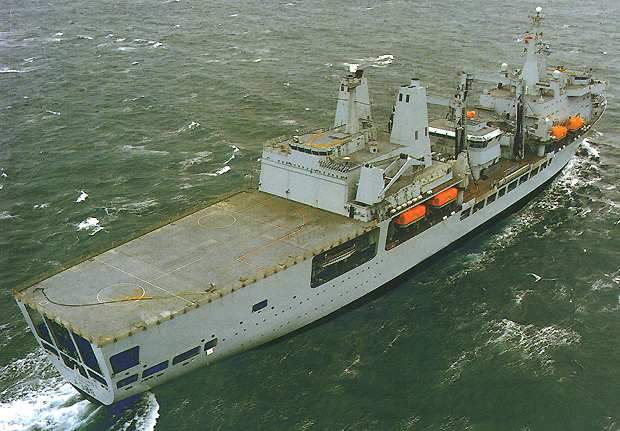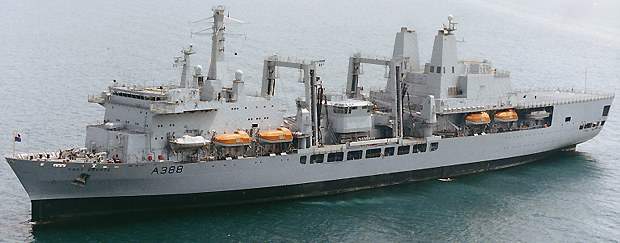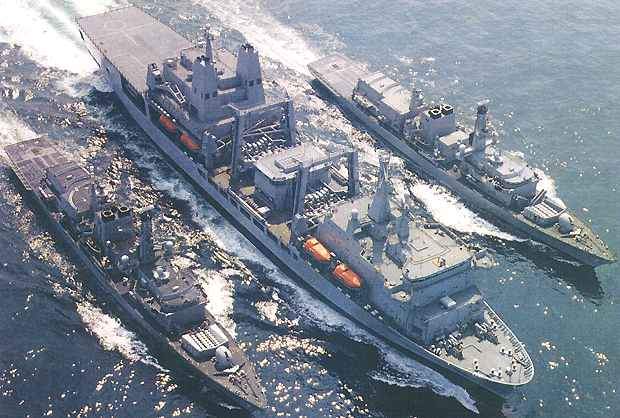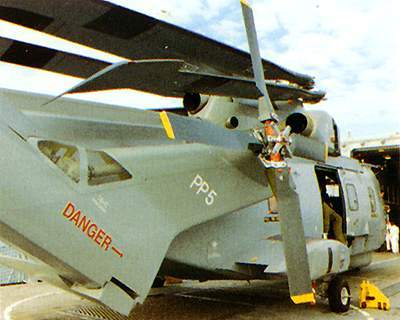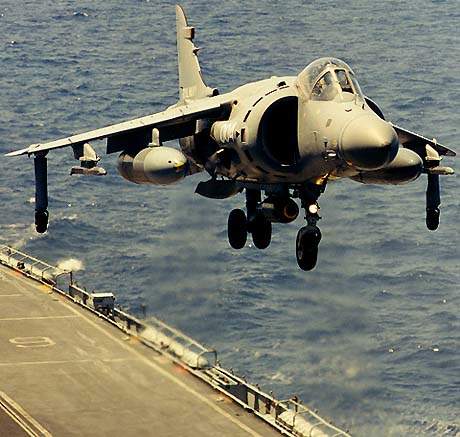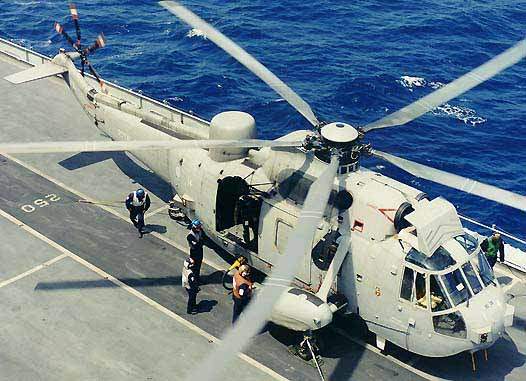Royal Fleet Auxiliary (RFA) Fort Victoria (A387) was built by Harland and Wolff and sister ship RFA Fort George (A388) was built by Swan Hunter Shipbuilders. The ships entered service in 1994. Fort Victoria is 204m long, has a beam of 30m and displaces 31,565t.
The primary role of the Royal Fleet Auxiliary (RFA), a flotilla of 21 ships manned by civilians and owned by the Ministry of Defence, is to supply the Royal Navy at sea. The RFA also provides the Royal Navy with sea-borne aviation training facilities in addition to secure logistical support and amphibious operations capability for the Royal Marines and the British Army.
RFA Fort Victoria and Fort George combine the functions of a fleet support tanker and a stores support ship. The ships have the capacity to carry a cargo of up to 6,250m³ of solids stores plus 12,500m³ of liquids.
RFA Fort Victoria was part of the UK Royal Navy Task Group in support of Operation Iraqi Freedom in March and April 2004.
In July 2006, RFA Fort Victoria supported operations in the evacuation of UK nationals from Beirut during the conflict involving Israel and Lebanon, as part of Royal Navy Operation Highbrow.
Replenishment systems
The four dual-purpose replenishment rigs fitted amidships enable RFA Fort Victoria to replenish two warships with both fuel and stores simultaneously. Fuel transfer is accomplished by suspending a hose from a tensioned cable, the jackstay, which runs from RFA Fort Victoria to the receiving warship.
The hose is fitted with a quick-coupling probe to mate with the receiving point on the warship. Once the hose has been connected, RFA Fort Victoria is able to pump fuel across to the receiving ship. During a stores transfer the jackstay supports a “traveller”, a travelling hoist to which loads of up to 2t may be coupled.
As well as the main replenishment rigs, RFA Victoria is also fitted with an additional refuelling rig, called a Hudson Reel, at the stern. Stern refuelling is not as efficient as beam replenishment, but it is safer in severe weather conditions.
Helicopters
RFA Fort Victoria is also fitted with a two-spot flight deck, a hangar and maintenance facilities for five Sea King or Merlin helicopters. This gives the ship an enhanced capability to resupply warships in a task group by a technique called vertical replenishment (VERTREP), which involves using helicopters to ferry supplies from ship to ship.
VERTREP may be used to speed up the process of replenishing a ship on one of the RAS rigs, or to restore another vessel that does not need to take fuel onboard. The flight decks are capable of providing an emergency landing facility for the Harrier VTOL aircraft.
Weapons
Fort Victoria Class ships are armed with four MSI Defence Systems DS30B gun mounting with Oerlikon KCB 30mm guns. These are 75-calibre, have a muzzle velocity of over 1,000m a second and rate of fire of 600 rounds a minute. The ships are also fitted with two Raytheon Phalanx Mk 15 20mm close-in-weapon systems (CIWS).
Countermeasures
The ship is equipped with four Nato Sea Gnat decoy launchers or BAE Systems Shield decoy launchers to provide protection against anti-ship missiles. Each system contains a multiple tube launcher capable of dispensing chaff or infrared decoys. The ship is also equipped with a Graseby towed torpedo decoy.
The ship is equipped with a Mentor electronic support measures system developed by BAE Systems. Mentor intercepts and identifies hostile radar emissions.
Sensors
The ship’s radar suite comprises a Kelvin Hughes 1007 navigation radar and a Kelvin Hughes Nucleus aircraft control radar both operating in I-band. The ship is also capable of being fitted with the BAE Systems Type 996 3D air search radar operating in E and F band, although this system is not operational at present.
Propulsion
The ship is powered by two Crossley-Pielstick diesel engines, type 16 PC2.6 V 400, rated at 23,600hp, which give the ship a maximum speed of 22kt.

